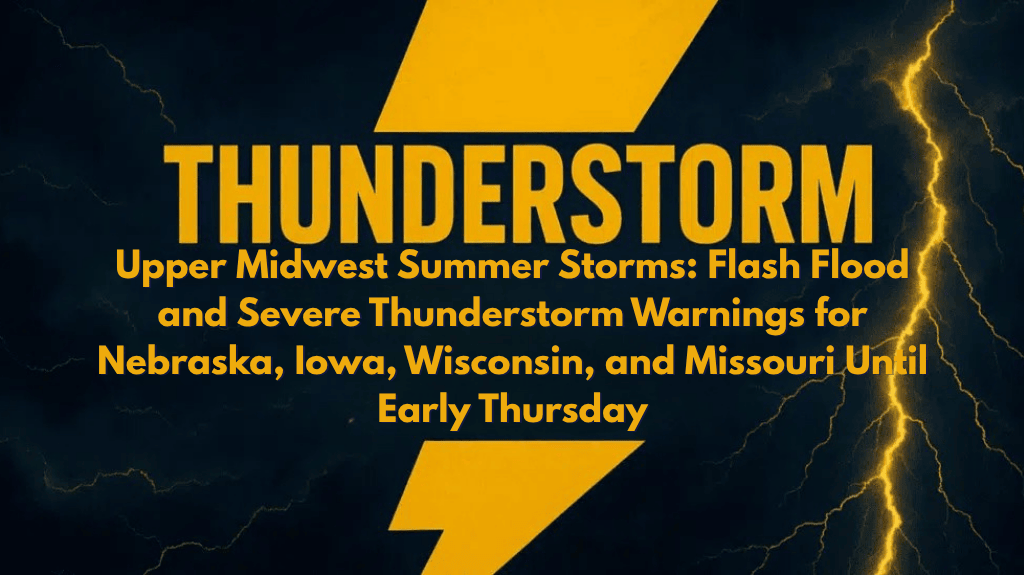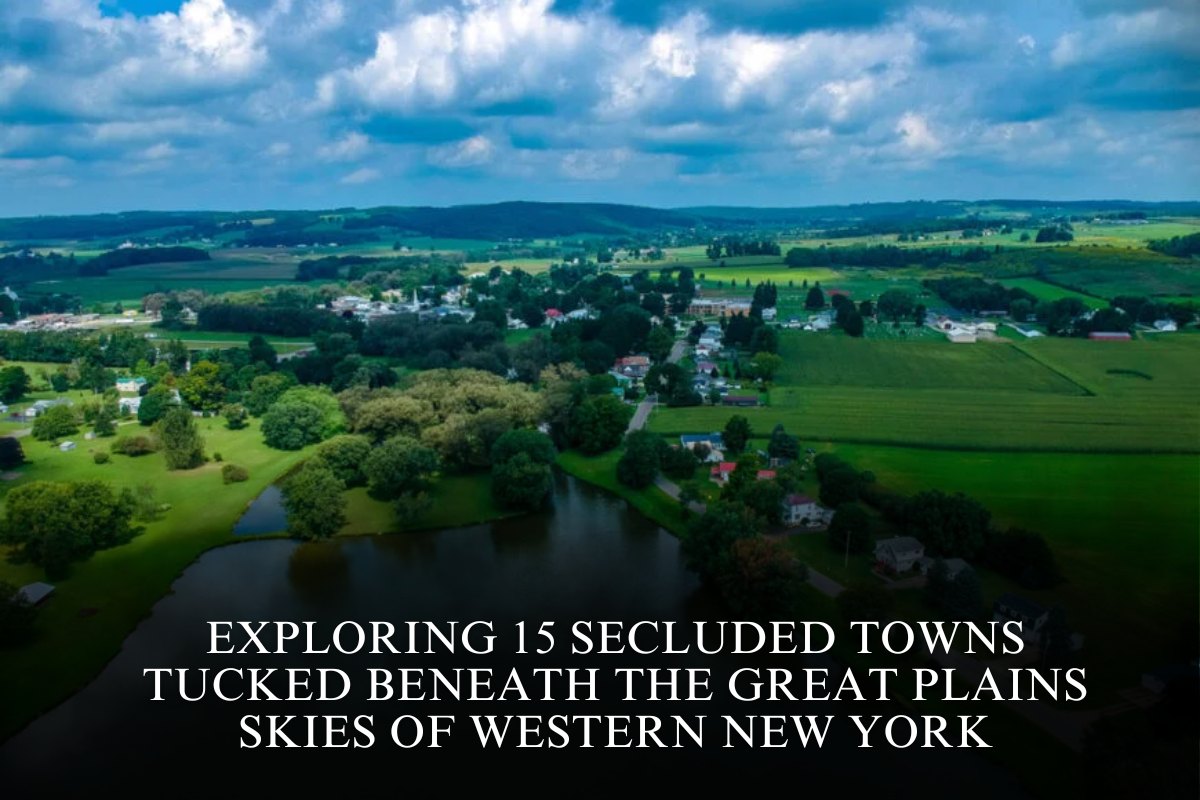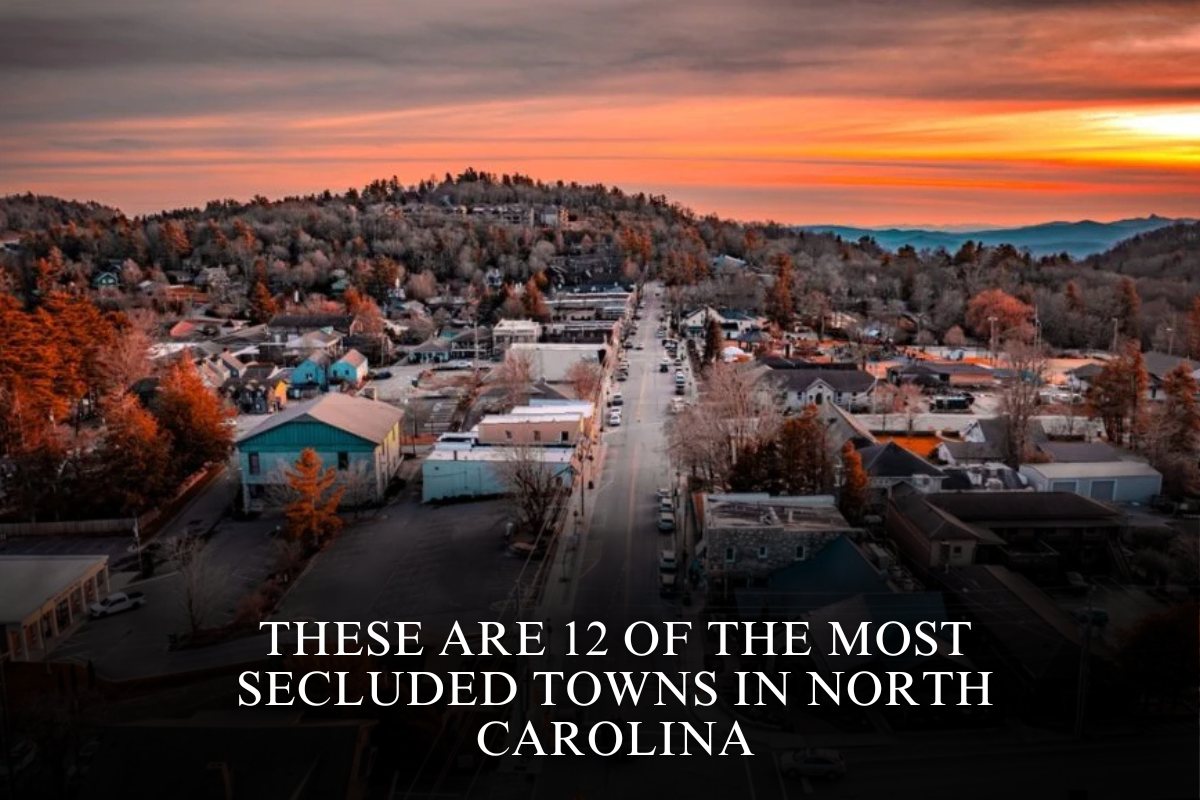Omaha, Nebraska – Heavy rain and strong thunderstorms are set to sweep across Nebraska, Iowa, Wisconsin, and Missouri this evening, posing an overnight flash flood threat, along with the potential for large hail and damaging winds. The National Weather Service’s Weather Prediction Center has issued warnings for the region, and conditions could last until early Thursday.
Flash Flood and Severe Thunderstorm Risks
A broad area from Omaha and Kansas City north to the Twin Cities and Milwaukee is facing a slight to marginal risk of excessive rainfall through early Thursday. Severe thunderstorms may lead to scattered flash flooding, particularly in low-lying areas and urban centers along key highways like I-80, I-35, and I-29.
Timeline for Severe Weather
Cities like Omaha, Des Moines, Kansas City, and Milwaukee should expect heavy downpours between 8 p.m. Wednesday and 7 a.m. Thursday. These storms could cause localized flooding, making it difficult to drive and navigate affected areas. Large hail and damaging winds are also likely, especially in eastern Nebraska and western Iowa.
Safety Precautions
Residents are advised to:
Stay weather-aware and have multiple ways to receive weather warnings.
Avoid driving through flooded roads, as conditions can change rapidly and create dangerous situations.
Charge electronic devices in case of power outages.
Secure outdoor items that could be blown around by strong winds.
Postpone non-essential travel overnight, especially in areas prone to flooding.
Weather Context and Risks
This round of storms follows a wetter-than-average July for much of the Upper Midwest, which increases the risk of rapid runoff and localized flooding. The already saturated ground could cause floodwaters to rise quickly, so residents in flood-prone areas should be extra cautious.
Weather Outlook
The severe weather threat is expected to subside by late Thursday morning, but be aware that additional alerts may be issued if storm systems linger or redevelop. The weather conditions could vary across the region, so keep an eye on updates from local weather authorities.












